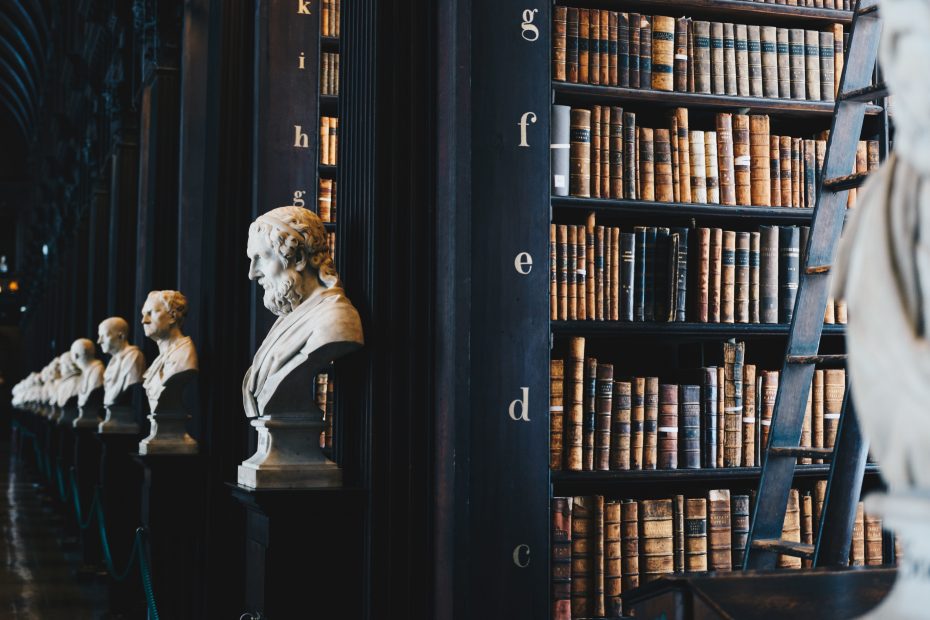Table of Contents
Introduction
Nestled along the Atlantic coast of West Africa sits the small country of Guinea-Bissau, known for its diverse ecosystems, multi-ethnic population, and complex history. Though often overlooked by travelers, Guinea-Bissau offers visitors the chance to immerse themselves in a vibrant culture and witness remnants of its tumultuous past firsthand. With ancient kingdoms, intricate handicrafts, flavorful cuisine and more, Guinea-Bissau awaits to captivate the curious traveler.
Early History
The original inhabitants of the region were the indigenous peoples practicing animism, the oldest religion in Guinea-Bissau. Organized into small kingdoms, they produced intricate carvings, wove vibrant textiles, and cultivated rice. That changed in 1446 when Portuguese ships landed upon the coast and established lucrative slave trading posts, exporting over a million West Africans to European colonies. Despite native resistance, the Portuguese consolidated their grip on Guinea by 1879.
Colonial Era
As a Portuguese colony for over a century, Guinea-Bissau experienced aggressive Christianization efforts to replace native animist beliefs. However, the syncretic culture persevered, seamlessly blending European and African traditions. Locals adopted the Portuguese language while continuing ancient practices. Under repressive authoritarian governors, dissent grew. By the 1950s Marxist rebellion was stirring, soon erupting into all-out war.
War of Independence
In 1956 the African Party for the Independence of Guinea and Cape Verde, or PAIGC, launched its liberation movement under socialist leader Amílcar Cabral. Through guerilla tactics in the countryside, the PAIGC gained ground despite being outgunned. Cabral organized civic programs to garner peasant support, even as the Portuguese viciously crushed revolts. After Cabral’s assassination in 1973, independence was finally achieved in 1974 under Luís Cabral, Amílcar’s half-brother.
Post-Independence
Following independence, Luís Cabral ruled as president until 1980 when a coup d’état ousted him. Since then, Guinea-Bissau has endured chronic political instability under various revolutionary councils and presidents, along with military interference. Despite turbulent transitions of power, the nation has maintained peace and continued efforts toward economic recovery and social progress.
People and Culture
Guinea-Bissau’s 1.8 million inhabitants represent over 20 ethnic groups, including the Balanta, Fulani, Mandinka, and Papel peoples. While Portuguese is the official language, most speak a local language like Kriol or Mandinka. Although 45% are Muslim and 22% Christian, many still adhere to animist beliefs and practices. Traditional rituals showcase Guinea-Bissau’s syncretic identity.
Tourism
For history enthusiasts, UNESCO World Heritage Sites like the Colonial Palaces of São Paulo and São José in Cacheu offer a look at Portuguese occupancy. Nature lovers can explore tropical forests teeming with chimpanzees, navigate the maze-like Bijagós Archipelago, or lounge on stunning beaches. Experience cultural festivals showcasing music, dance and legend reenactments in addition to the rich handicrafts scene specializing in basketry, embroidery, jewelry, and woodwork.
Cuisine
Cuisine reflects Portuguese, native, and West African influences. Staples like rice, beans, tropical produce, and fresh seafood are found in signature dishes like chabeu stew and grilled fish with piri piri sauce. Palm wine and homemade fruit liquors provide classic refreshment. The robust cafe culture also ensures strong Portuguese coffee is always available.
Music and Dance
Traditional music utilizes instruments like the balafon xylophone and krin African harp accompanied by polyrhythmic drumming and celebratory singing. Popular genres are gumbe, an upbeat post-independence music using keyboards and guitars, and kussundé, a sensual dance music derived from an ancient fertility ritual. Energetic dance forms like indjera and ussunu feature spirited call-and-response.
Art and Crafts
Centuries before Europeans arrived, natives carved sacred statutes and produced textiles. Traditional crafts persist today, like intricately woven baskets and batik fabrics. Contemporary artists also utilize graphic art, painting and sculpture to preserve cultural heritage. The National Museum of Arts and Traditions displays these works alongside historical artifacts.
Conclusion
Though compact in size, Guinea-Bissau offers a landscape seemly larger than life from the labyrinth of lush islets along its coast to the diverse mosaic of people inhabiting its cities. By discovering the region’s distinctive history, travelers are able to appreciate how the turbulence of its past has shaped the perseverance of its culture today. From sampling signature dishes to witnessing traditional dance, Guinea-Bissau promises adventure and insight for those looking to embrace its national motto: “Um Povo, Uma Meta, Um País” or “One People, One Goal, One Country.”
FAQ
What is the best time of year to visit Guinea-Bissau?
The dry season between November to May is ideal with cooler temperatures and less rainfall.
What languages are spoken in Guinea-Bissau?
Portuguese is the official language, while most locals speak native languages like Kriol, Mandinka, Fula, and Balanta. French is also common.
What types of wildlife can I see in Guinea-Bissau?
Some unique species include endangered chimpanzees, hippos, giant leatherback turtles, and dozens of migratory birds.
Where can I experience traditional music and dance?
Cultural villages like Madina de Boe provide immersive programs. Or attend local festivals and holiday celebrations.
What souvenirs are unique to Guinea-Bissau?
Locally made handicrafts like woven baskets, batik fabrics, jewelry, and wood carvings make great keepsakes.
